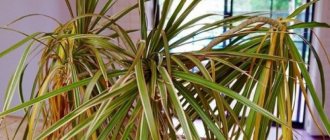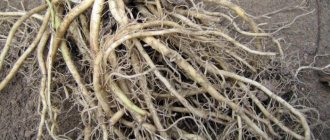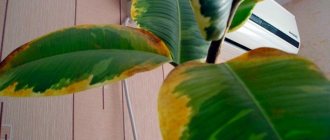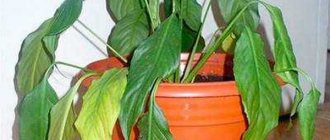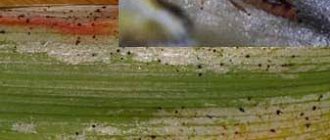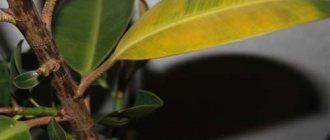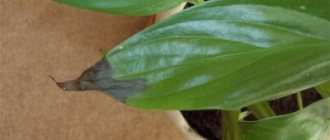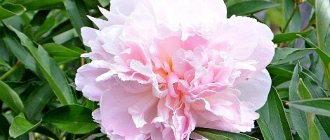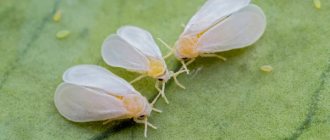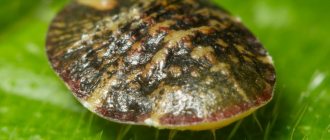Dry air is what immediately comes to mind when we see dry tips on indoor plants. But not everything revolves around humidity. There are other reasons why yellow or brown spots appear on leaves.
Every gardener has encountered the problem of dry leaf tips in indoor plants at least once. It doesn’t matter whether you grow begonias, spathiphyllum, roses or orchids. At the same time, potted flowers do not show other alarming symptoms, continuing to grow and even blooming. Let's try to figure out why the tips of the leaves of indoor plants dry out, whether it is dangerous and how to eliminate the defect.
Most often, yellow, brown and even black dry tips are the result of improper care or a reaction to the activity of pests. The process of natural aging cannot be ruled out. True, the latter can be delayed by creating the most comfortable conditions for the green pet.
Diagnosis is an important stage for prescribing the correct “treatment”
joygarden.com
To determine why the leaf tips of spathiphyllum, geranium and other plants turn yellow and dry, diagnose the condition of your green pet. The complexity of the procedure lies in the fact that the search for the cause most often has to be carried out from the opposite direction, i.e. by exclusion method.
- Make sure that the depressed state of the plant is not caused by pests . They like to hide on shoots and on the undersides of leaves, so inspect these places especially carefully. Parasites can also be on the roots. But don't rush to check it out. Perhaps the reason is completely different, and you will only damage the root system in vain.
- Assess the hardness of the water used for irrigation . If you do not settle tap water before watering, plants may suffer from high levels of salts, fluoride, chlorine and other heavy substances that change the characteristics of the soil, making the substrate uncomfortable.
- Compare your fertilization schedule to the recommended fertilization schedule . The reason why the leaves of palm trees, dracaena, ficus, orchids and other crops dry out may be frequent or, conversely, rare feeding.
- Measure air humidity levels . Assess how much air humidity in your apartment is suitable for moisture-loving species.
- Analyze whether the plant is cramped in the pot . One of the alarm bells may be roots emerging from the drainage hole.
- Determine the moisture content of the substrate and the degree to which it dries out between waterings . This can be done either by touch or using indicators that are sold in flower shops.
If you find a deviation from the norm in just one point, the cause of dry ends is usually easy to eliminate. But if, after a preliminary analysis, you see several problems at once, you will have to take comprehensive measures.
